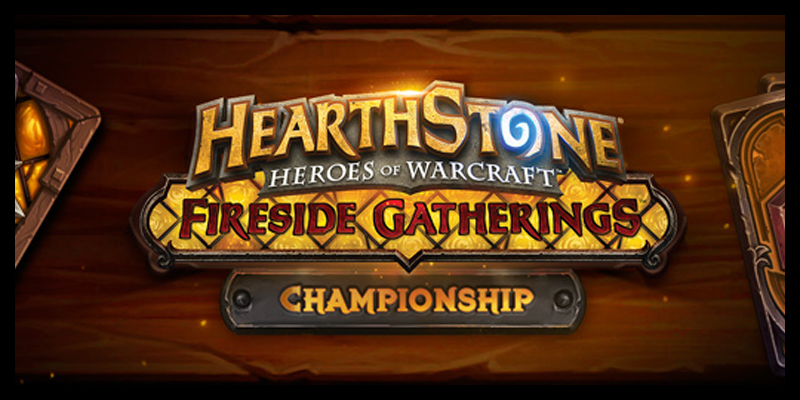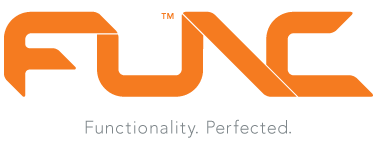Xixo, DTwo, and Hawkeye discuss their experience with the Swiss format at the 2015 Dreamhack Hearthstone Grand Prix and their opinions on the future of Hearthstone’s tournament scene.
This past weekend, the 2015 Dreamhack Hearthstone Grand Prix took place, a 128-man tournament from which TiddlerCelestial emerged as champion. However, it was not the whopping $40,000 USD prize pool that made this tournament different. This tournament was the first major tournament to implement the Swiss format in its group stages.
The Swiss format is a non-elimination format, where there are a set number of rounds. Player match making is done by pairing players with the same match points. For example, players who are 1-0 are matched against other players that are also 1-0. In the case of Dreamhack, there were 7 set rounds and the Top 8 would advance from the group stages into the playoffs. This meant that the Top 8 would consist of one player going 7-0 and seven others going 6-1.
The question is – what did the pros at Dreamhack think of the implementation of Swiss?
I sit down over Skype (who else misses Pangaea?) with Sebastian “Xixo” Bentert, Daniel “DTwo” Ikuta, and Apostolos “Hawkeye” Karaiskos, who all played in the tournament. Hawkeye crushed the group stages with an impressive score of 7-0. Xixo and DTwo, unfortunately, were short of making the Top 8.
It was unanimous between all three of these players that the Swiss format was the appropriate format for Dreamhack. Hawkeye says that although the game has more to it than just RNG, RNG is still a factor, meaning a player could take games off a more skilled player by chance. “The Swiss format is better than single elimination because you can play more than just one series,” explains Hawkeye, “and top tier players can be matched with other top tier players. It’s like increasing the skill cap.”
As Xixo puts it, the Swiss format is “especially good in an open tournament, such as Dreamhack, that seeks to expose more players to the scene.” DTwo also appreciated the “open” aspect to the tournament, as it eliminated situations where invited players did nothing, while everyone else would go through long group stages for a spot in the playoffs.
In comparison to double elimination, DTwo points out that, “Swiss is easier on the players, because players don’t have to go through gruelling loser’s brackets and it involves less waiting for everyone.” However, Xixo points out that, with the Swiss format at Dreamhack, “just because a player is good doesn’t mean he or she will necessarily go 6-1.” Tournaments with double elimination group stages would possibly have given players like Ostkaka and Kaldi, who both went 5-0 at Dreamhack then lost their last 2 rounds (effectively eliminating them from the Top 8), a better chance at making it to the playoffs.
When asked if there was anything they would change about Dreamhack for the future, both Hawkeye and Xixo were quick to suggest that allowing the Top 16 players to advance to the playoffs over just the Top 8 may have been more appropriate. This would mean that tiebreakers would have to be used to rank players who were short of making Top 8. Tiebreaking methods include tardiness, opponents’ win rate, opponents’ opponents’ win rate, or head to head.
(For those interested in the math, in Swiss, seven rounds can handle 128 players, as 2^7 = 128. After 7 rounds, there stands one player with a 7-0 record and seven players with a 6-1 record, which would constitute the Top 8. In order to get a list of the Top 16 as Hawkeye and Xixo suggested, tiebreakers between the 21 players who went 5-2 would have to be implemented.)
The practice, preparation, and lineup of the players remained the same, as each series was still played in the Best of 5 Conquest format (a player has to use every deck in their lineup to win), which is currently the standard of competitive Hearthstone. Despite being the current standard, Xixo and DTwo argue that the Conquest format is not, by default, the better format relative to Last Hero Standing. Xixo explains, “The blind pick in Conquest is essentially a coin flip for a good matchup – there’s a lot less control compared to Last Hero Standing.” Flavour of the month decks are typically “countered by tech choices anyway.”
DTwo also adds, “Just like how you can win with one good deck in Last Hero Standing, you can also just lose with one really bad deck – or one deck that doesn’t work against your current opponent’s lineup – in Conquest.” He suggests the idea of a Best of 5 Conquest format where players bring 4 decks instead of 3 and no bans are available to either player. “Some people may think that this allows for you to easily counter whatever you’re playing against; this isn’t necessarily true since Conquest is blind pick.”
Although the competitive Hearthstone scene has come a long way, with different formats having been used and experimented with, it seems that there are still some issues that need ironing over. What did you think of the implementation of Swiss at Dreamhack? Is Conquest the better or worse format in your opinion? Join in on the discussion and leave a comment below!







